2021 Ford Transit Designed for Business AND Pleasure

While van sales have been trending downward for years, the likelihood of your average American being forced to live inside one feels like it should be higher than ever. But deciding which model is best for living out the rest of your days in relative isolation isn’t going to be easy. Realizing that there’s a growing demand for escape vehicles and regular old RVs, automakers and coachbuilders have been trying to make the market more accommodating.
On Tuesday, Ford Motor Co. threw its hat into the ring by announcing that the 2021 Transit would be adding new “recreational and business options” to help get customers the kind of vehicles they need to get through these difficult times.
“With many Americans working from home and practicing social distancing during the pandemic, the popularity of recreational vehicles has soared at the same time package delivery has seen incredible growth,” explained Tiffany Chang, Ford fleet brand strategy manager. “Our new 2021 Transit options help people design the recreational vehicles of their dreams and help enable our commercial customers to more efficiently deliver goods and services across the country.”
Even though my personal tastes tend to revolve around brutish oversized sedans and sprightly little hatchbacks, the van is the only vehicle type I’ll recognize as truly divine. It is all things to all people, catering to both rich and poor. For 2021, the Transit (arguably Ford’s best and most-practical product) gets three new packages designed for leisurely hiding out in the woods and two for work purposes.
All bundles utilize Ford’s 3.5-liter, twin-turbocharged V6 for propulsion. While normally used to confidently haul around several thousand pounds of cargo, the unit’s 310 horsepower and 400 lb-ft of torque can transform an unloaded vehicle into something that’s actually fun to fool around in. The Transit Motorhome Prep Package prioritizes the van’s practical nature, however, by adding adaptive cruise control and an (optional) economy-minded version of the 3.5-liter V6. Blue Oval says this is the ideal option for those planning on turning the interior of their van into a secondary home, tying it to the Ford Transit Cutaway.
The RV Prep Package also includes adaptive cruise control but adds a side-sensing system, upgraded heavy-duty towing capabilities, fog lights, swiveling front seats, and an upgraded sound system. This one is more for recreational purposes so it’s only available on the Transit Cargo.
Those hoping to get way out into the boonies may want to consider the Adventure Prep Package. Offered on both the cargo and crew versions, customers get all-wheel drive, 3.73:1 limited-slip rear differential, adaptive cruise control, reverse and side-sensing systems, privacy glass, blind-spot monitoring, an 8-inch touchscreen with Ford’s SYNC 3, extra USB ports, and more advanced batteries.
While the work-focused packages are substantially less interesting, we can see delivery companies taking advantage as local shops continue to wither like worms in the sun. The Parcel Delivery Package adds 50/50 hinged rear doors and ditches frontal armrests and manual handbrake (for an electronic one) to make trips into the back a little easier. Customers also receive full interior lighting to help them sort through packages after sundown. Optional extras include additional shelving and a center console with a right-side shifter that “further improves walkthrough and offers more than 7 inches of additional driver legroom.”
The Livery Package is our final equipment bundle and seems to cater to corporations needing to chauffeur around important customers. Available on the Transit Passenger XLT, the Livery Package includes 10-way power seats “finished in ebony leather seating surfaces for all passengers,” HID headlamps, power sliding side door, privacy glass, and 16-inch silver wheels.
Ford said production of the 2021 Transit would be commencing at its Kansas City Assembly Plant in Claycomo, Missouri, this fall. Deliveries should begin shortly, with all models sporting the van’s brand new honeycomb grille.
[Images: Ford Motor Co.]

A staunch consumer advocate tracking industry trends and regulation. Before joining TTAC, Matt spent a decade working for marketing and research firms based in NYC. Clients included several of the world’s largest automakers, global tire brands, and aftermarket part suppliers. Dissatisfied with the corporate world and resentful of having to wear suits everyday, he pivoted to writing about cars. Since then, that man has become an ardent supporter of the right-to-repair movement, been interviewed on the auto industry by national radio broadcasts, driven more rental cars than anyone ever should, participated in amateur rallying events, and received the requisite minimum training as sanctioned by the SCCA. Handy with a wrench, Matt grew up surrounded by Detroit auto workers and managed to get a pizza delivery job before he was legally eligible. He later found himself driving box trucks through Manhattan, guaranteeing future sympathy for actual truckers. He continues to conduct research pertaining to the automotive sector as an independent contractor and has since moved back to his native Michigan, closer to where the cars are born. A contrarian, Matt claims to prefer understeer — stating that front and all-wheel drive vehicles cater best to his driving style.
More by Matt Posky
Latest Car Reviews
Read moreLatest Product Reviews
Read moreRecent Comments
- 28-Cars-Later Say it ain't so, so reboot #6* isn't going to change anything?[list=1][*]V4-6-8 and High "Tech" 4100.[/*][*]Front wheel drive sooooo modern.[/*][*]NOrthSTARt.[/*][*]Catera wooooo.[/*][*]ATS all the things.[/*][*]We're *are* your daddy's Tesla. [/*][/list=1]
- MaintenanceCosts Can I have the hybrid powertrains and packaging of the RAV4 Hybrid or Prime with the interior materials, design, and build quality of the Mazda?
- ToolGuy I have 2 podcasts to listen to before commenting, stop rushing my homework.
- ToolGuy Please allow me to listen to the podcast before commenting. (This is the way my mind works, please forgive me.)
- ToolGuy My ancient sedan (19 years lol) matches the turbo Mazda 0-60 (on paper) while delivering better highway fuel economy, so let's just say I don't see a compelling reason to 'upgrade' and by the way HOW HAVE ICE POWERTRAIN ENGINEERS BEEN SPENDING THEIR TIME never mind I think I know. 😉




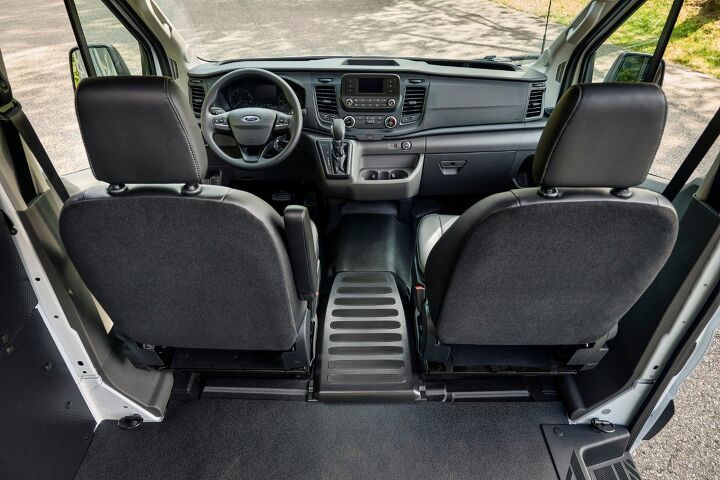


















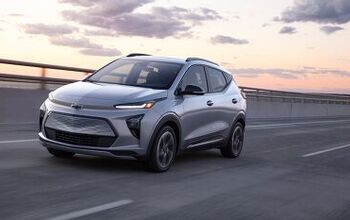

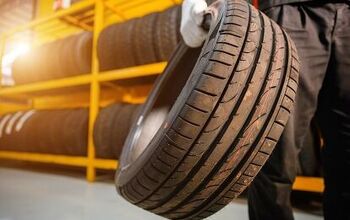
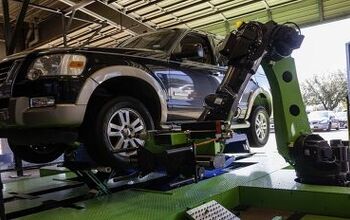
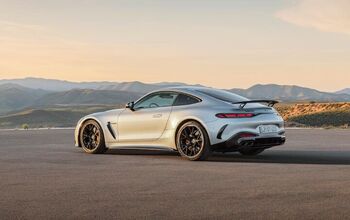
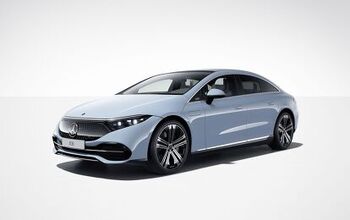
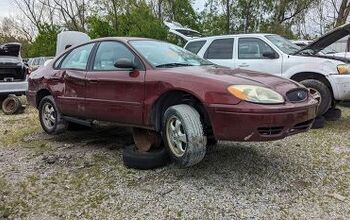

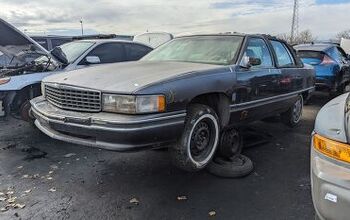

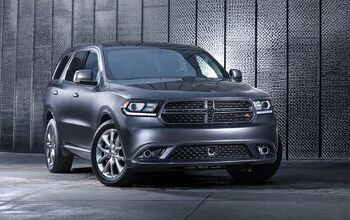


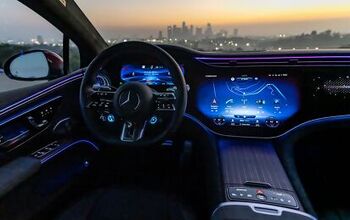
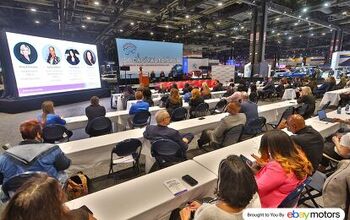
Comments
Join the conversation
I like the new grille. They need to get rid of the driveshaft flexible couplings ("guibos") and switch to u-joints. I've seen lots of pictures of destroyed guibos in Transits, and the collateral damage they sometimes cause.
I dont like em much but our fleet guy loves them. I guess the Transits are significantly less expensive and more reliable than the diesels we had before.